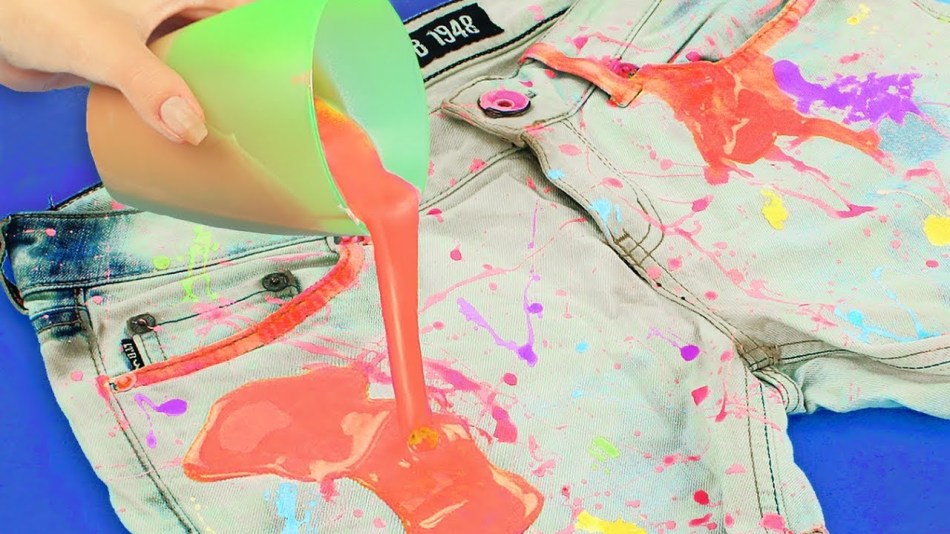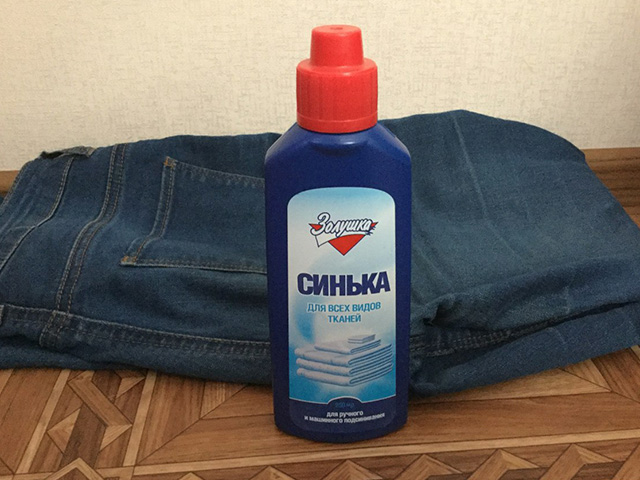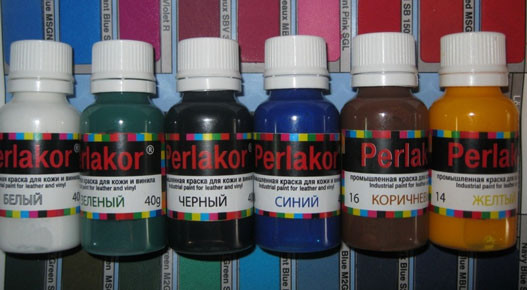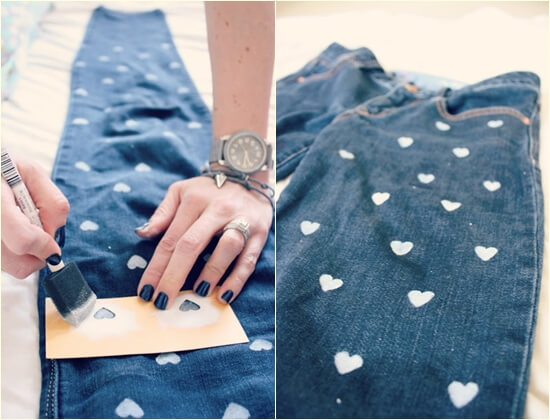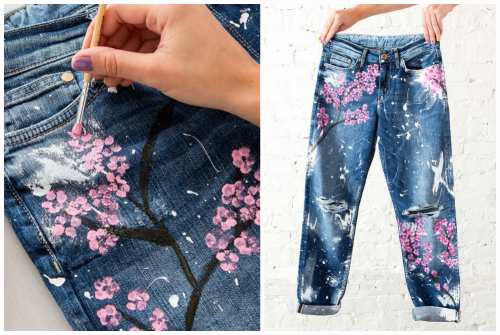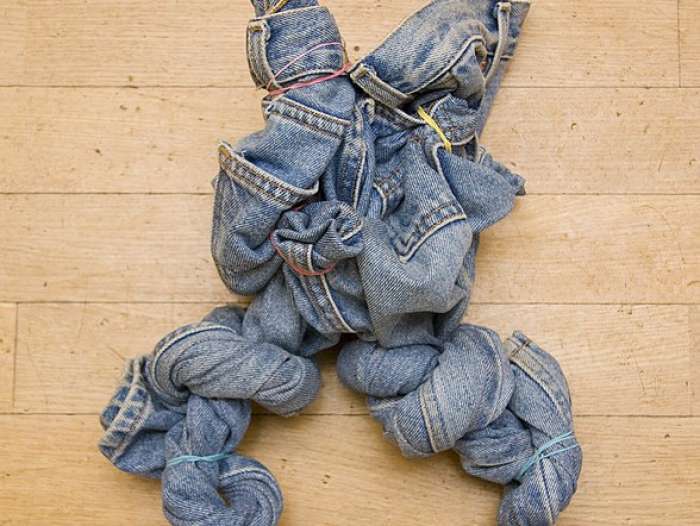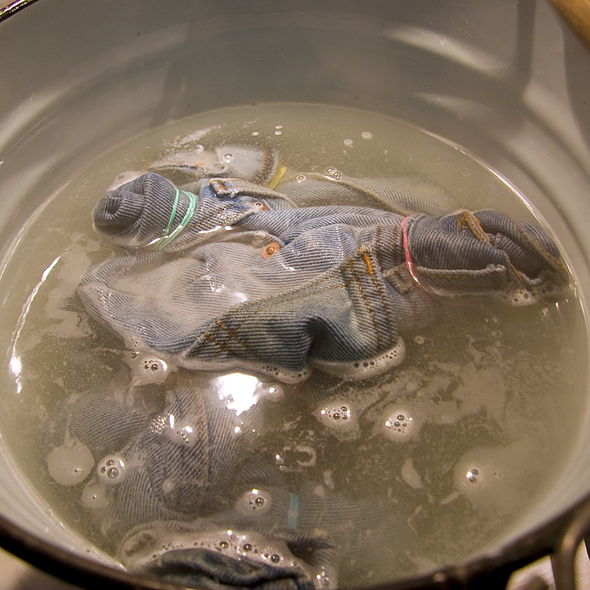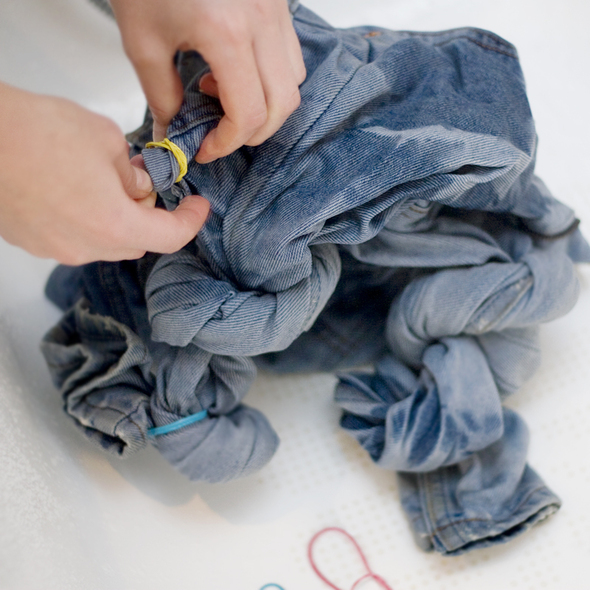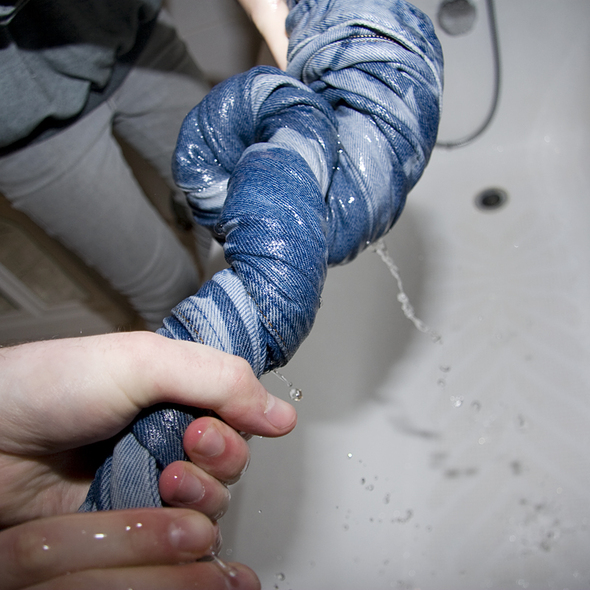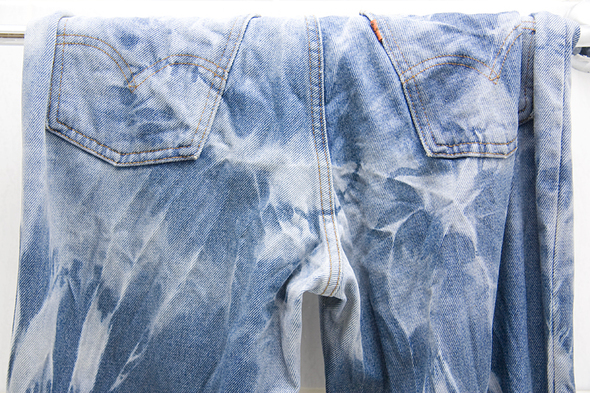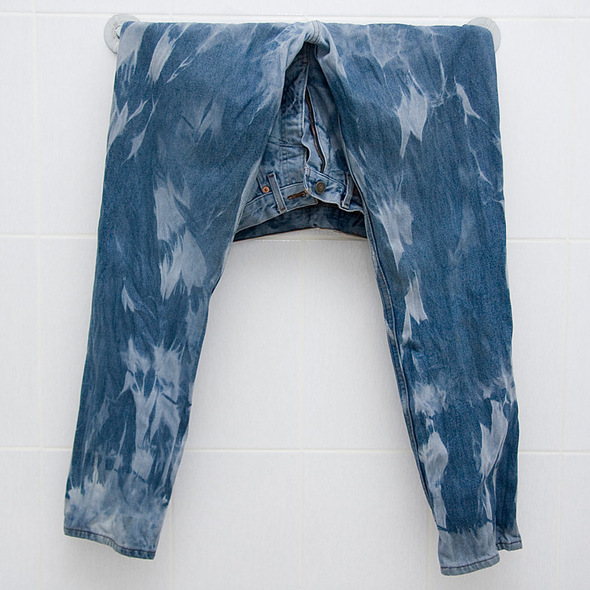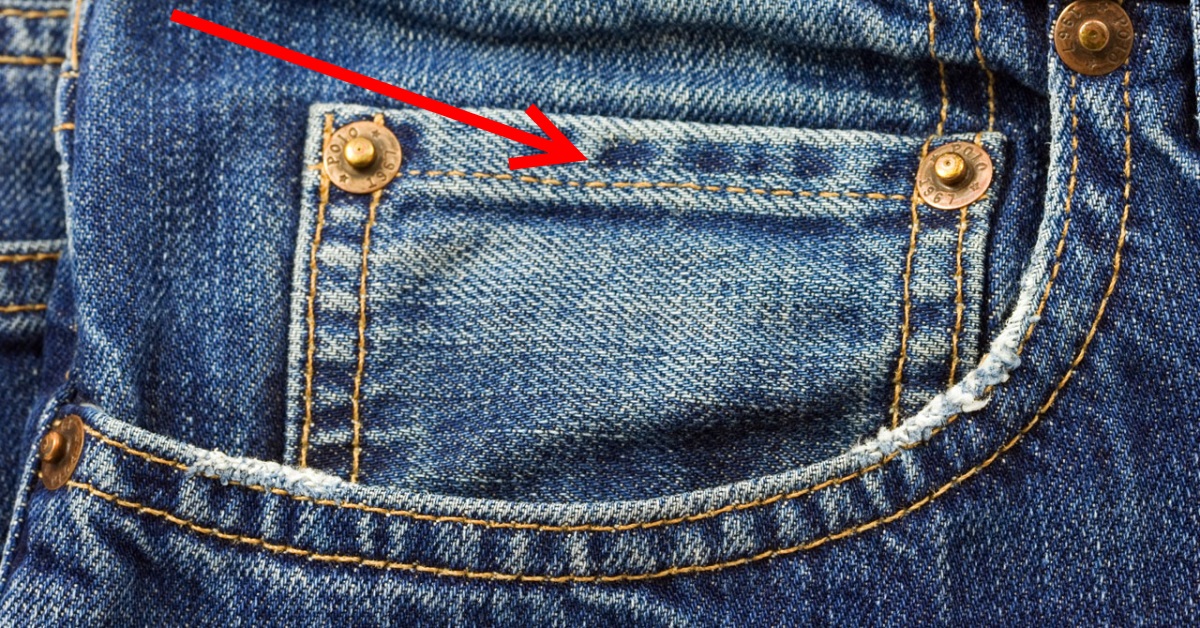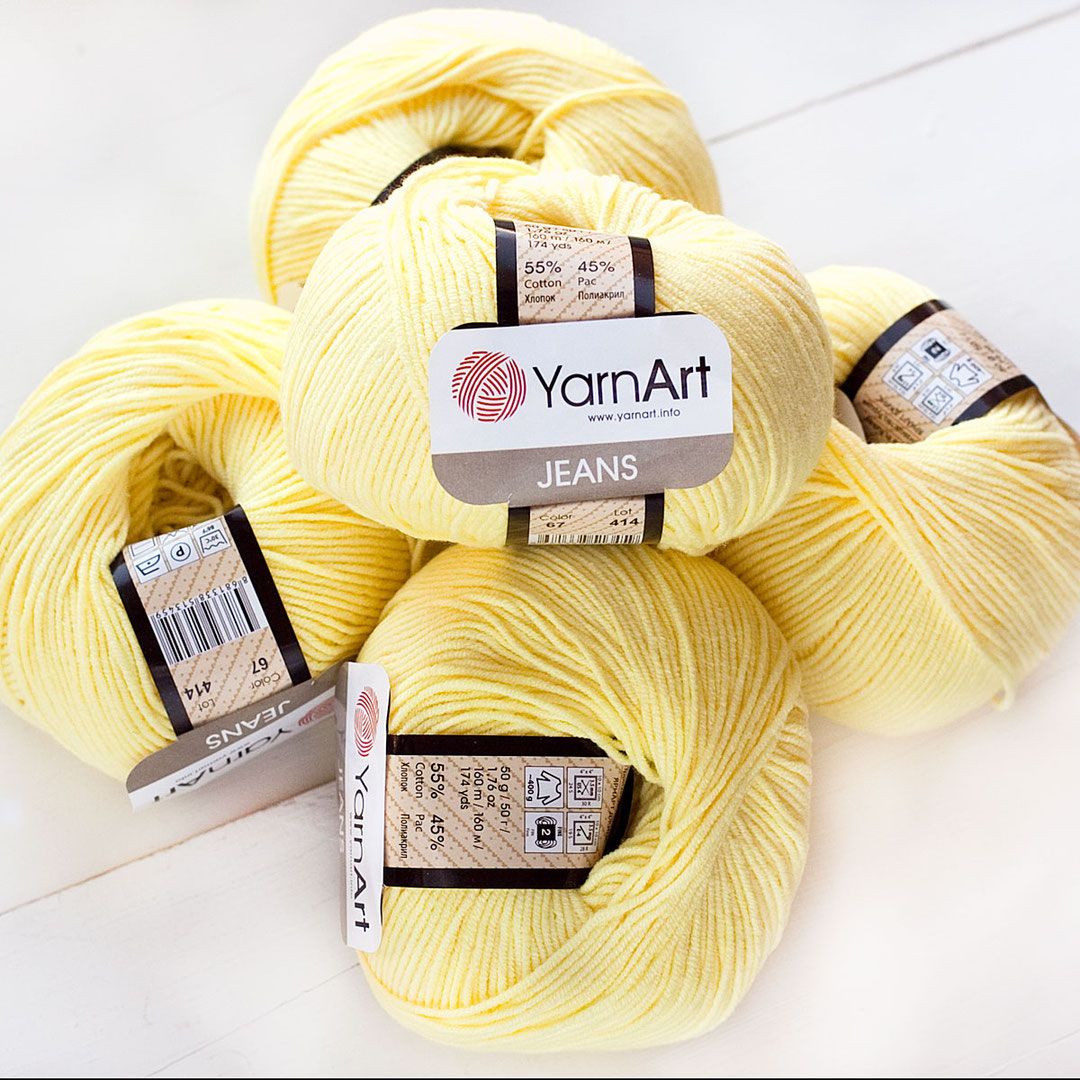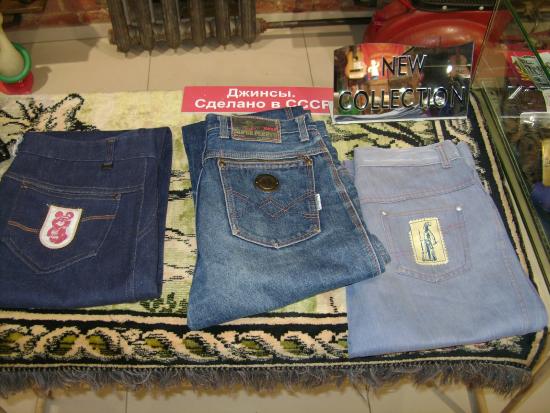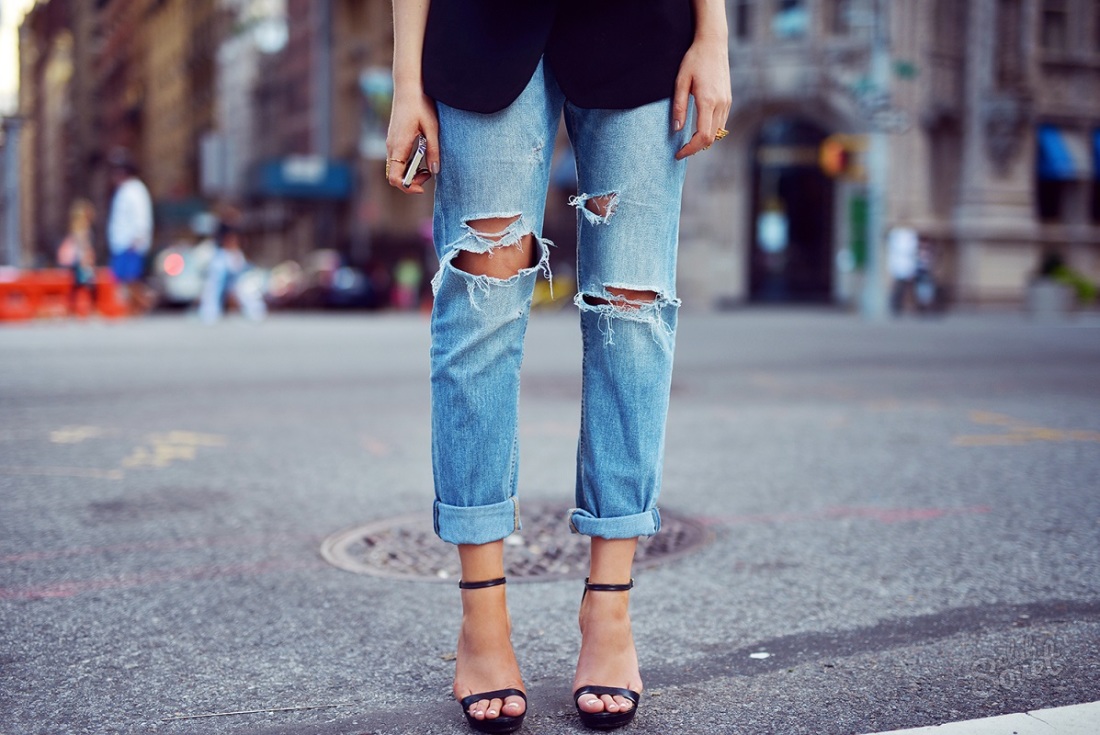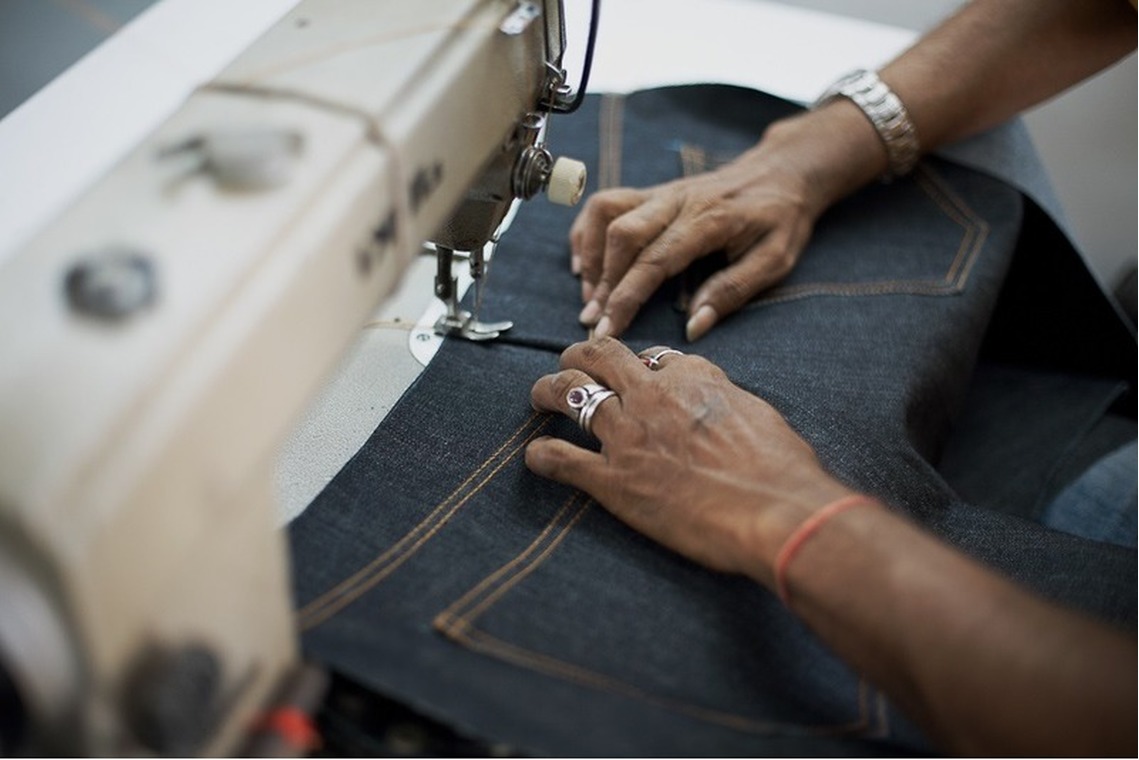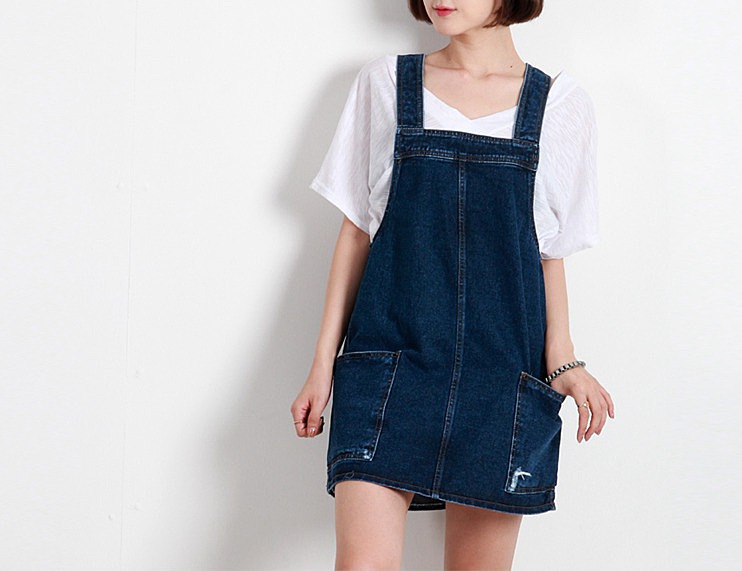Don't throw away old jeans, because they can be turned into new original pants using regular fabric dyes. Before dyeing jeans a new color, it is recommended to find out which products are suitable for this procedure. It will also be useful to familiarize yourself with the rules of dyeing, the method of creating fuzzy jeans and beautiful patterns, ornaments, and designs.
What to use for dyeing
Before you start dyeing your jeans, you need to decide where to dye the material. Usually, several methods are used for this - dyeing in a washing machine or a manual method, which involves using a deep container with a wide bottom.
Before dyeing jeans at home in any way, they must be carefully prepared. Each spot on the surface of the fabric will be an obstacle to the uniform distribution of the dye.
Don't forget about the instructions for the dye, it is there that recommendations for choosing a dyeing method are given. The basics of two popular methods are discussed below:
- dyeing with a washing machine. You will need dye, vinegar, and jeans. The dye must be diluted with hot water and carefully strained through cheesecloth or a sieve: then all the lumps will dissolve. Place the jeans in the drum of the machine, pour in the dye, and, if necessary, add soda or salt. Set the longest program, for example, “Cotton,” and a temperature of 95 degrees. After the time has elapsed, take out the jeans and place them in a basin of warm water and diluted vinegar essence. This is necessary to fix the color;
- hand painting - having prepared the paint in the same way as above, it is necessary to pour it into a deep enamel basin and lower the jeans into it. After the water has heated up, the pants should be evenly immersed in it. To distribute the paint, it is recommended to stir the laundry periodically. Boil the jeans for 40 to 60 minutes, then rinse with diluted vinegar.
The manual process is considered more painstaking, but it allows you to get the treasured patterns, original designs and ornaments on the surface of jeans.

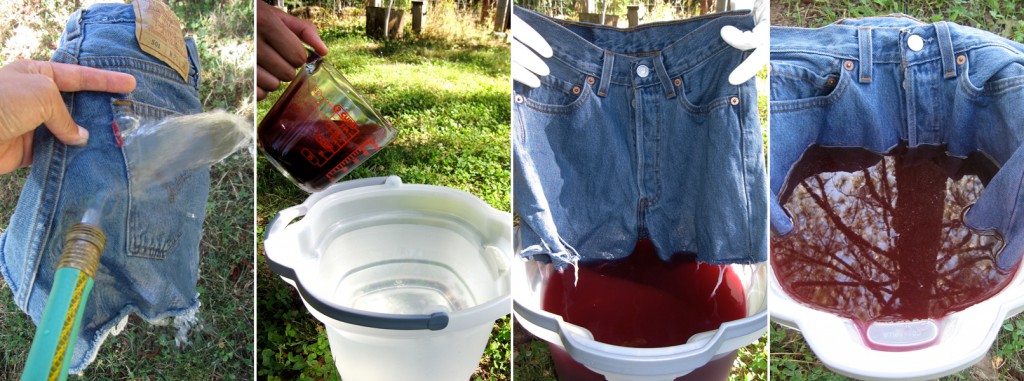
What can I paint with?
With the help of proven and effective dyes, you can get interesting, stylish jeans: how to dye them with a machine and manually, you could find out above. Several options of means are suitable for dyeing: blueing, potassium permanganate, aniline and acrylic dyes. To find out which of the options is the best, it is recommended to consider the features of each of them.
Blue
This product is considered the most common option for dyeing old jeans. This method is easy to use, but the blueing cannot boast of its durability. After just a few washes, the color of the jeans becomes paler. To change the color of your jeans, it is recommended to follow the following procedure:
- in water at a temperature of 30 degrees it is necessary to dilute the blueing: the color saturation can be adjusted as desired;
- To add durability to the dye, it is recommended to add a few tablespoons of salt;
- pour water into a deep bowl, add dye and soak the pants;
- the optimal soaking time is 2 hours;
- After the time has elapsed, the jeans must be rinsed with cool water, adding 1 tablespoon of vinegar.
Depending on how long the pants are soaked, as well as the amount of blueing in the basin, the color of the jeans can vary from azure to pale cornflower blue.
Potassium permanganate
Potassium permanganate is also great for dyeing old jeans. In Soviet times, this product was used to make the well-known "boiled" dye. This technique allowed for a variety of stains. As with blueing, the degree of color saturation can also be changed by adding potassium permanganate crystals to the water.
Using a proven dyeing method, you can get new stylish pants in a short period of time:
- To prepare the dye, you need to take 270 milliliters of 9% vinegar, 160 grams of potassium permanganate, and 60 milliliters of hydrogen peroxide;
- The mixed ingredients must be diluted with water in a ratio of 2:1, which means: 500 milliliters of dye will require 1 liter of water;
- jeans can be twisted into a tight rope - then you will get a boiled effect. To do regular dyeing, just place the item in a bowl with dye and water;
- the optimal time for soaking pants is 20-30 minutes. It is necessary to stir the jeans periodically so that the paint is distributed evenly;
- To rinse the product, it is recommended to use a washing machine or do it manually.
This dyeing of jeans will help to obtain a slightly purple shade mixed with blue. Bright, saturated jeans can also be decorated at your discretion, for example, with rhinestones.
Aniline dyes
This type of dye was used by grandparents. You can still find aniline dyes today – they are also good for changing the color of jeans.
Aniline dyes are produced in powder form, so there are some rules for using this dye.
The dye can be purchased in the handicraft departments of supermarkets, as well as hardware stores. Today, this dye is more resistant to ultraviolet light and water, so it will last a long time on the surface of trousers:
- the packet of paint must be dissolved in water, according to the instructions on the package;
- This method does not involve soaking the jeans, so you need to wait until the dye acquires the desired shade and start working;
- for work you will need a squirrel, kolinsky or ferret brush;
- by dipping a brush into the solution, you can draw various patterns on the surface of the denim fabric;
- You can try to paint the entire product by hand, although this will take a lot of time;
- To prevent stains on the pants, you can add tragacanth glue in a ratio of 1:3.
Excessive spreading of paint on the cotton surface allows you to get original designs without putting in a lot of effort. You can try soaking jeans in dye, turning them over several times, then you will get a stylish space effect.
Acrylic paints
The use of acrylic paints allows you to create unimaginable patterns on the surface of the fabric, which can be done either using a template or independently. Acrylic will not help to completely change the color of the pants, but will make them unique. Such pants can be worn on an outing or on a walk with friends.
When answering the question of which acrylic paint to use, it is worth giving preference to well-known brands. Today, Decola, Javana, Decart and Marabu have proven themselves well.
There are no special preparations for the procedure, here you need to prepare paints of the desired color, brushes of different widths and thicknesses. Having opened the jar of acrylic, you can immediately start working:
- jeans must be dry and clean;
- it is better to stretch the place where the drawing will be located on the surface or simply place it on a flat surface;
- To prevent the design from being printed on the inside of the opposite side of the trousers, it is recommended to place thick cardboard inside the leg;
- You should not apply the design in multiple layers in one place - this will cause the dye to crack immediately after washing.
Don't forget about the material of the brushes - they should be exclusively synthetic, you can also use bristles. Natural options are not suitable - they often leave hairs on the surface of the fabric with paint.
How to make varenki
It was already written above that in order to make boiled jeans, you can use potassium permanganate, having previously dissolved it with vinegar. In addition to potassium permanganate, there is another proven option that allows you to make jeans from the cover of fashion magazines - whiteness:
- washing machine — pour detergent into the powder compartment, and bleach into the conditioner compartment. The latter is taken in a concentration that is 5 times higher than the standard. The lower edges of the jeans can be sewn with large threads to create patterns at the end. It is also recommended to tie the pants with thick elastic bands in several places. Set the machine to a long wash cycle at 60 degrees. Additionally, you can put wine corks in the drum — they will help create an interesting texture;
- manual boiling - pour a glass of bleach into a large bucket and put it on the fire. The prepared jeans are tied with rubber bands or fixed in the right places with clothespins. Place in heated water and leave to boil for several minutes. The exposure time directly depends on the color and patterns of the resulting pants.
You can add dye for dyeing jeans to the composition, but this should be done at the end of the procedure. The optimal exposure time is from 15 minutes to 1.5 hours.
Rules for using powder paints
Unlike liquid dye, powder compositions cause a number of inconveniences when working with them, one of which is the formation of lumps during the mixing process. In this case, it is worth turning to the advice of specialists who have developed a number of rules for using powder compositions on fabric:
- It is recommended to use the compositions only on a certain type of surface, otherwise there will be no trace of the paint left after washing;
- to convey the desired color shade in more detail, it is recommended to use a basic white color in your work: by adding it to a dye of a different color, you can get a more delicate shade;
- dilute the powder with filtered water: when using tap water in its pure form, it is recommended to add a spoonful of soda to the composition for softening;
- Before painting, all decorative elements are removed from the surface of the trousers;
- If you dye synthetics, the dye will wash out after the first wash.
You can also dye your jeans with hair dye: it is no worse than store-bought powder dyes. To do this, dilute the product with water, and then perform the standard painting procedure in a basin. Powder paints can have luminous effects: such a stylish option can be made for a child or for going to a disco.
How to create designs and patterns
If you don’t want to completely dye your jeans, you can use various techniques for applying designs: they are described in detail in the table.
| Technique | Description |
| Working with acrylic paints | You will need jars of acrylic, synthetic brushes and printed drawings that will serve as an example for work. You can also use stencils made on thick cardboard. |
| Painting with contours on fabric | In the handicraft departments you can find small tubes with acrylic outlines - they are equipped with thin nozzles for drawing various patterns. In the dot painting technique, jeans will look elegant. |
| Spray painting | Paints are also sold in aerosols. This method of application requires accuracy and the use of stencils; instead, you can use paper napkins on a polypropylene base. |
You can also create patterns while dyeing jeans, securing them in several places with any clips, rubber bands or clothespins. By choosing any type of dye, you can get original and unique jeans.
Video
https://youtu.be/wIshCe36WY0

